Maine Aquaculture Association aims to help farmers get their products to market
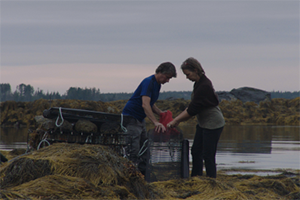
The Maine Aquaculture Association (MAA) on Tuesday released a guide for aquaculture producers to understand potential distribution channels for their products and how to bring their products to market.
The first-ever Maine Aquaculture Distribution Mapping Manual is a guide on how farmers can tap into the United States’ $7 billion retail seafood market. Much of the state’s seafood supply is traditionally sold to restaurants, which were hit hard by the Covid-19 pandemic. The manual includes input from more than 20 stakeholders, including seafood producers, wholesalers, distributors, restaurateurs, trucking companies, and others.
“As Maine’s working waterfront continues to face new supply chain challenges, the industry and consumer demand keeps growing,” said MAA Executive Director Sebastian Belle. “By nature, Maine’s farm fishing families are open to navigating choppy waters when they need to. It’s our collective responsibility to support their efforts to bring their product to market.”
The manual, funded in partnership with FocusMaine, recommends that farmers, diversify sales channels, including alternative distribution methods like direct-to-consumer sales, maintain strong relationships and keep product quality consistent.
“This manual is such a valuable tool,” said Toni Small of Ice House Oysters in Port Clyde. “From online sales to pop-ups and farmer’s markets, there are many routes to distribution. MAA walks us through the benefits and risks so we can make choices about where to put our efforts.”
Maine’s aquaculture industry currently represents nearly 200 farms and more than 700 farmers who produce finfish, shellfish and sea vegetables.
Follow the Advocate on Twitter @GSA_Advocate
Now that you've reached the end of the article ...
… please consider supporting GSA’s mission to advance responsible seafood practices through education, advocacy and third-party assurances. The Advocate aims to document the evolution of responsible seafood practices and share the expansive knowledge of our vast network of contributors.
By becoming a Global Seafood Alliance member, you’re ensuring that all of the pre-competitive work we do through member benefits, resources and events can continue. Individual membership costs just $50 a year.
Not a GSA member? Join us.
Author
Related Posts
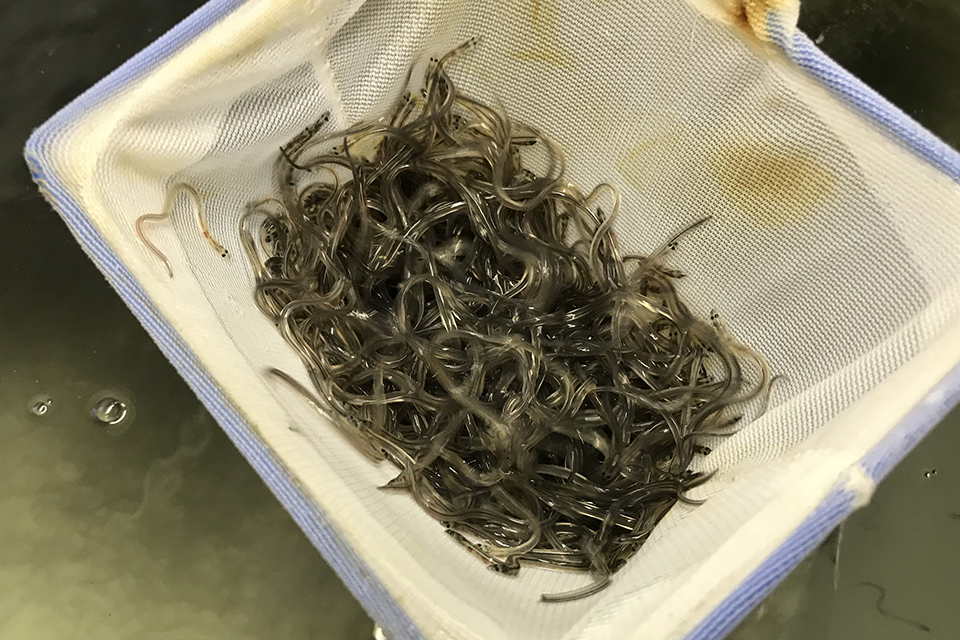
Intelligence
American Unagi breaks ground on land-based eel farm in Maine
Eel producer American Unagi has broken ground on a 27,000-square-foot recirculating aquaculture system near the coast of Maine.
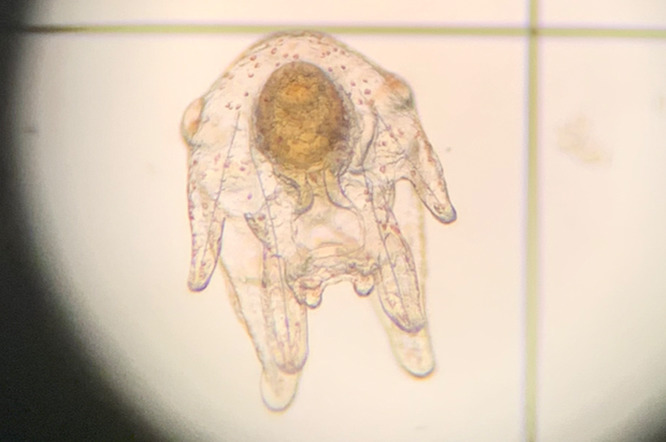
Intelligence
An urchin opportunity awaits in New England
To both restore waterways and meet a growing demand for the so-called “foie gras” of the sea, researchers are stepping up efforts to restore green sea urchins.
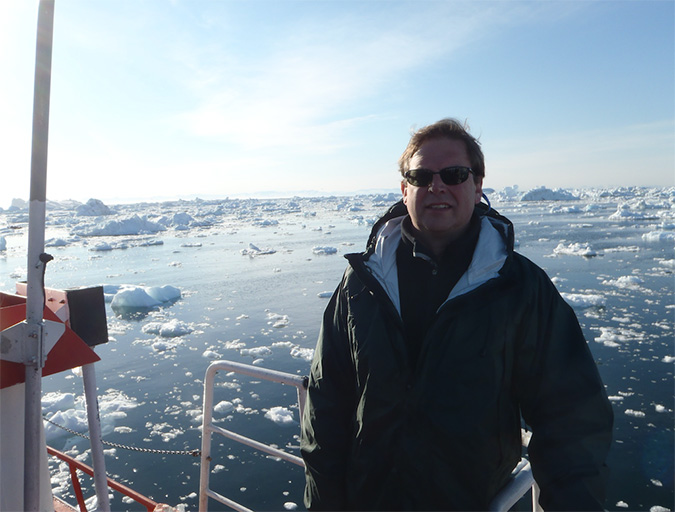
Innovation & Investment
Aquaculture Exchange: Sebastian Belle
The executive director of the Maine Aquaculture Association talks to the Advocate about the diverse and growing industry in his state (oysters, mussels, kelp, eels and salmon) and how aquaculture should be used as a rural development tool.
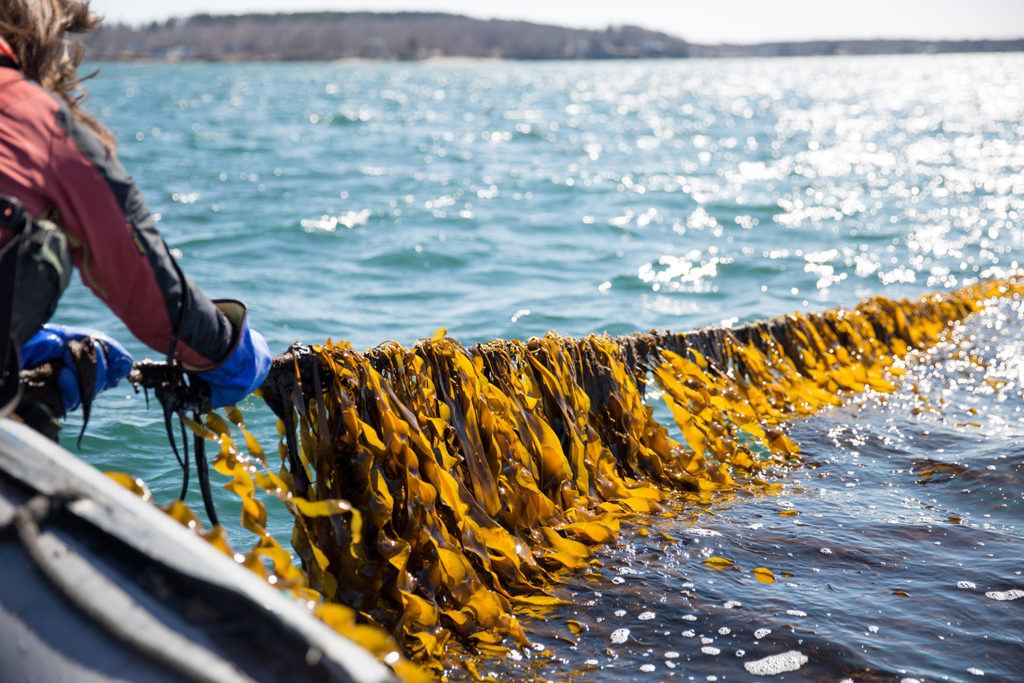
Intelligence
Kelp is the climate-friendly crop that could
Kelp aquaculture is poised for growth on both U.S. coasts, but one grower network in Maine is building a brand and demand for domestic seaweed.



